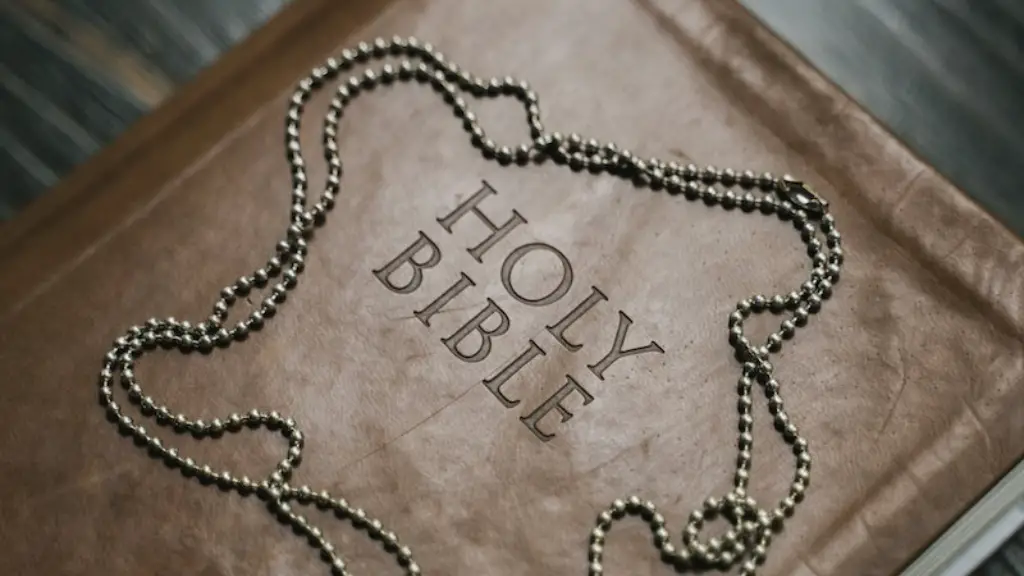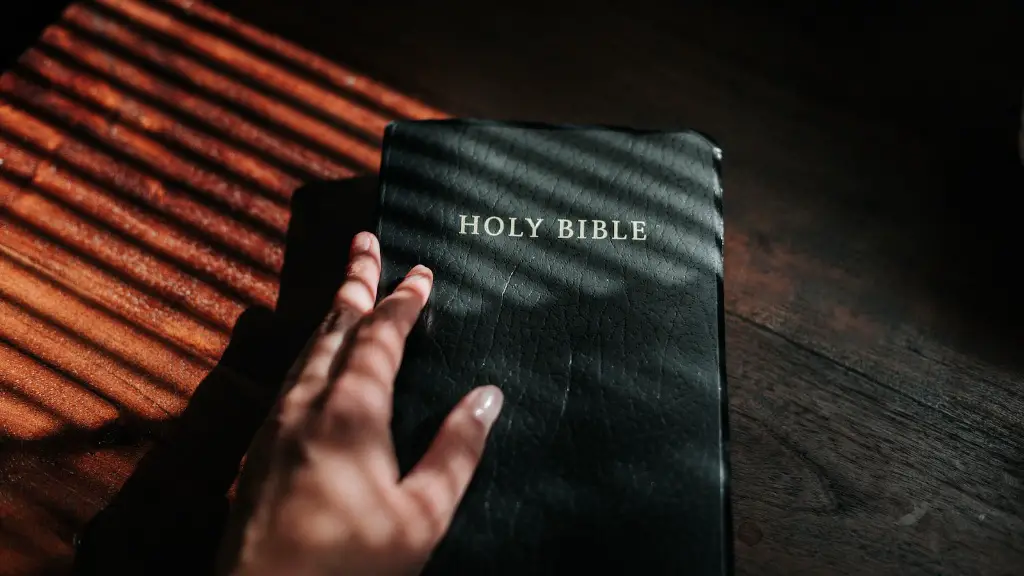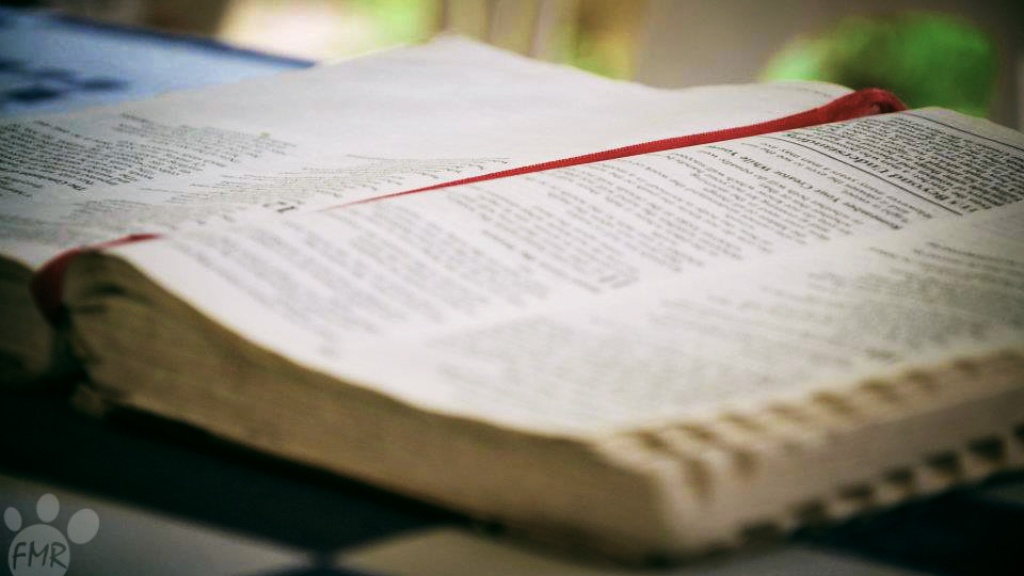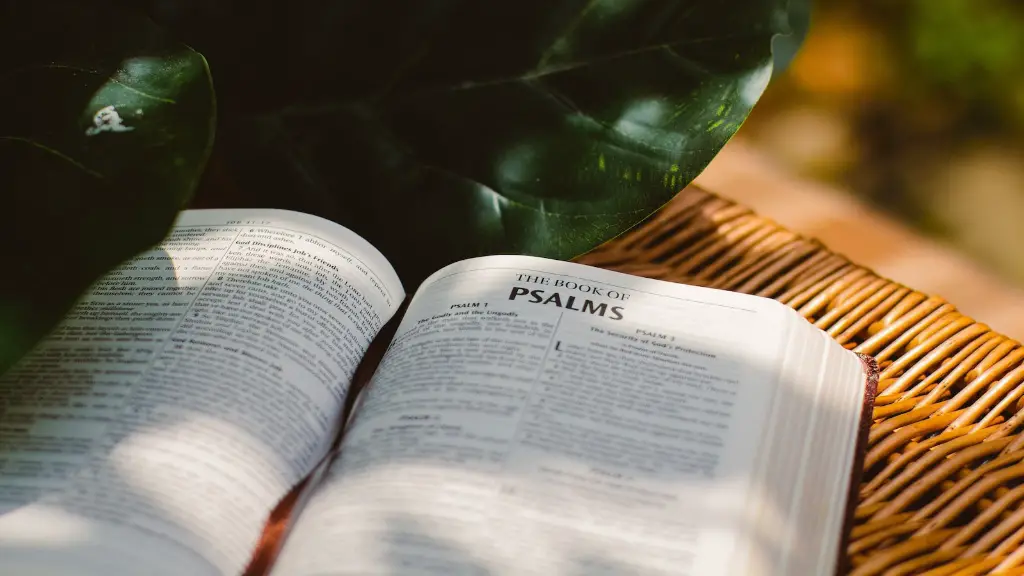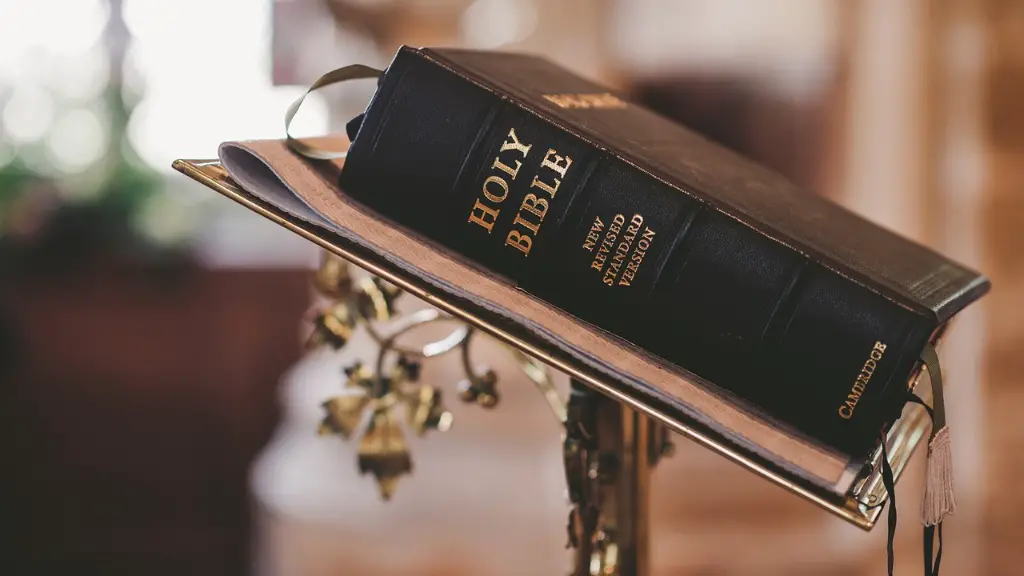The Lord’s Prayer, also known as the Our Father Prayer, is a Christian prayer. As one of the most famous prayers in the Bible, it is often remembered in its entirety, with many people being able to say the prayer from memory. From generation to generation, the Lord’s Prayer has been passed down and is a regular part of Christian worship.
So where exactly can you find the Lord’s Prayer in the Bible? Interestingly, the Lord’s Prayer comes from the Gospel of Matthew, Chapter 6:9-13, and it is a component of Jesus’ sermon on the mount. In fact, the Lord’s Prayer is only mentioned twice in the Bible, and Matthew 6:9-13 is the primary source.
Within the prayer, Jesus teaches his followers the proper way to pray and serve God. This prayer is composed of seven parts: an opening address, four petitions, a reason for making the petitions, a conclusion, and an invitation to petition God on behalf of others.
The opening address encourages us to always look to God as a heavenly father: “Our Father who art in Heaven, hallowed be thy name.” This part of the prayer is the prologue that encourages us to have reverence for God and remember that we see Him as our Father in Heaven.
The first petition is for God’s kingdom to come: “Thy kingdom come. Thy will be done, on earth as it is in heaven.” We are, in essence, asking God to bring His kingdom to Earth. The Lord’s Prayer teaches us to prayerfully move towards our daily path in the Lord’s footsteps – “on earth as it is in heaven.”
The second petition asks for our daily needs: “Give us this day our daily bread.” The phrase “give us this day” is used to reference the present moment, and “our daily bread” is a metaphor referring to our basic needs that we require. This teaches us to put God first and to trust in Him providing for all of our needs.
The third petition is for forgiveness: “And forgive us our trespasses, as we forgive those who trespass against us.” By this petition, we learn to confess our sins and to forgive others. It teaches us that we should strive for reconciliation with others, and to remember that God will also forgive us if we forgive those who have wronged us.
The fourth petition is for protection and deliverance: “And lead us not into temptation, but deliver us from evil.” This petition reveals that we have faith that God will protect us from evil. We understand that all of life is a spiritual battle and that God can help us to persevere.
Contextual Ramification of the Prayer
The last portion of the Lord’s Prayer gives us the reason why we should make these petitions: “For thine is the kingdom, and the power, and the glory, forever. Amen.” We take this phrase to be an acknowledgement of God’s sovereignty. We must remember that all power, rule, and glory belong to God and that He is the ultimate source of all things.
The prayer then concludes with an invitation to intercede on others’ behalf: “For if you forgive people their trespasses, your heavenly Father will also forgive you.” This is a reminder for us to remember to always forgive others and to pray for them, just as God forgives us.
The Lord’s Prayer is an important part of the Christian faith. It helps to guide believers in prayer and encourages us to take our faith seriously. We must remember to pray for God’s kingdom to come, for our daily needs to be met, for us to be forgiven, and to be kept away from temptation. Finally, we should remember to intercede on behalf of others.
Historical Evolution of the Prayer
The origin of the Lord’s Prayer dates all the way back to the 5th century, when the early Christian church began to use it as a regular part of worship. The prayer slowly spread throughout Europe as Christianity spread, and it has served as an important part of the Christian faith ever since.
However, the Lord’s Prayer has changed over time, as different cultures have adapted it to fit their own cultural norms. For example, in France, the phrase “Thy kingdom come” was changed to “May thy kingdom come” to better fit the French language.
In the late 19th century, churches began to use the Lord’s Prayer as a call and response prayer. This form of prayer would involve the pastor or priest saying a line of the prayer, and the congregation would then repeat the line back in unison. This has been a popular way of praying the Lord’s Prayer ever since, and is still practiced in many churches today.
In modern times, the Lord’s Prayer is often shortened to just the opening line and the four petitions. It is used as a common prayer in many religions, including Christianity, Judaism, and Islam. It is also a popular part of many wedding ceremonies.
Contemporary Applications of The Prayer
In contemporary times, the Lord’s Prayer has been adapted for a variety of different religious contexts. Different denominations have taken different approaches to the prayer, and some churches have either added on to the end of the prayer or even removed parts of it.
For example, some churches have adapted the Lord’s Prayer to view it in a more inclusive light. The phrase “thy will” may be replaced with “our will” to emphasize that we are praying together as a community. Additionally, some churches have started to replace the term “Father” with “Creator” to make the prayer more inclusive.
In addition to adapting the prayer for contemporary audiences, there have also been many contemporary interpretations of the Lord’s Prayer. Popular Christian authors such as Max Lucado have written books exploring the deeper meaning of the prayer. Churches have also started to use the Lord’s Prayer in creative ways, such as placing it in songs or art.
Religious Significance of the Prayer
The Lord’s Prayer has been an important part of the Christian faith for centuries. It serves as a reminder to believers to always look to God in their prayers. It also serves as a reminder to serve and forgive others as God has forgiven us. Finally, it serves as a reminder to pray for a better world and to follow God’s will in our daily lives.
Moreover, the Lord’s Prayer has been one of the few elements of the Christian faith that has remained relatively unchanged over its long history. While the prayer has been adapted to fit the needs of its times, the core elements of the prayer remain the same. As such, it serves as a reminder of the unchanging nature of the Bible and our faith in God.
Finally, the Lord’s Prayer is an important part of the Bible, and it serves as a reminder to all believers to take prayer seriously. The Lord’s Prayer reminds us to always remember God in our prayers and to never forget His will in our lives. It is an important part of the Christian faith and can be an inspiring source of comfort and guidance.
Conclusion of the Prayer
The Lord’s Prayer is an important part of the Bible and the Christian faith. It can be found in the Gospel of Matthew, chapter 6:9-13. From its ancient beginnings to its modern adaptations, the Lord’s Prayer has played an important role in the Church, reminding us of the power of prayer and our dependence on God. It is a reminder of the importance of forgiveness and of serving others. Finally, it serves as a reminder of the unchanging nature of our faith in God.
